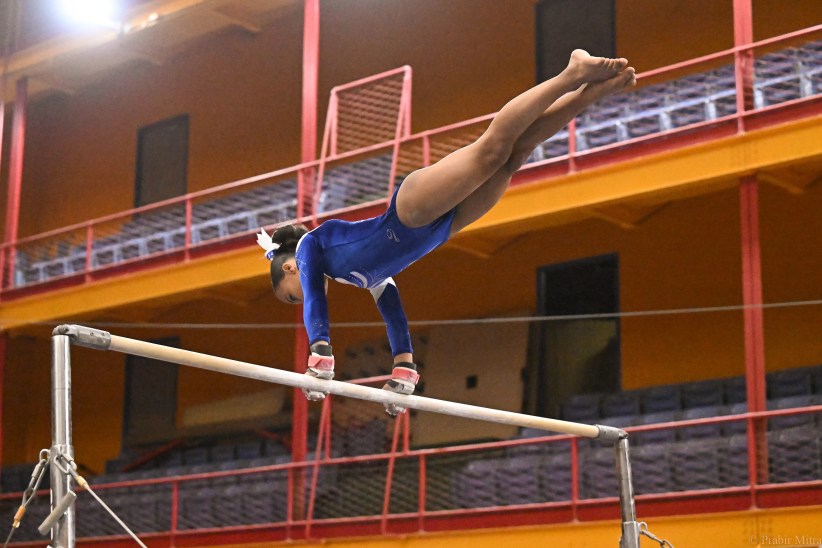This fall marks the 25th anniversary of Number the Stars, the Newbery award-winning novel by Lois Lowry, set in Denmark during the Holocaust. Lowry–whose work includes The Giver quartet and the beloved Anastasia Krupnik series–has a gift for tackling complex subjects in a perceptive, sensitive way that moves both children and adults.
In honor of Number the Stars’ anniversary and Lowry’s upcoming trip to New York (where she’ll speak at Symphony Space on October 19 alongside actor and director Sean Astin), we spoke with the author about the novel’s legacy, the potential for a film adaptation, and how she writes so convincingly from a child’s perspective.
What are some of the most memorable responses you’ve received to Number the Stars from readers?
Gosh, of course as soon as you point out [it’s been] 25 years, and there have been many… Once I heard from a teacher in Turkey that government officials had come into her—I guess actually it was a librarian in a school—to scan the shelves looking for this particular book and moved it. That was kind of scary. I also heard from a teacher in Dubai that she’s not allowed to teach Number the Stars.
But for the most part, the ones I remember are the ones from kids. Which are often…from kids who have been very moved by the book. [I remember]the response from a teacher once…when a little boy, in response to the book,[in] a 4th grade classroom, said his grandmother–when he told her he was reading this book in school–said she wanted to come in and speak to the class. And she came, and it turned out she was a Holocaust survivor. And the kids were enthralled, of course. Mesmerized. And so was the boy’s mother…who said she had never heard this story before. She knew only the vague story, but none of the details that this woman was now telling the class, and feeling as though the children needed to know these stories, and that they were still out there.
Do you think that the way you view and think about the story has changed at all since it was released?
Yes… at that time, my granddaughter had not been born. But my granddaughter is now 21. And she was born in Germany, because her father, an Air Force officer, had married a German woman. And he died in a military plane crash when she was 2 years old, and so her mother stayed in Germany, and my granddaughter grew up there. So to have this book out there was particularly meaningful to me after this child was born, and I therefore had extended family in Germany, and to find when my little granddaughter was 8 or so, that they had translated the book into German and it was being used in German schools was particularly affecting. The Germans…feel as though they have to, and should, and must teach the Holocaust to German children, but it’s very hard for them. It’s a tragic history in their country, and so this was one way in which they introduced such a tough topic through this book. And my little granddaughter, who knew the book through me, but was then able to share the book with her friends and teachers–that was particularly meaningful and changed the way I thought about the book since I’d written it.
I’ve read that a lot of the details you included are based off of one of your friends’ experiences.
Yes..My friend Annelise died probably two years ago now, but at the time, before I wrote that book—she was Danish, I had met her in this country, and we had become close friends… It was from her that I first heard the story of the history of World War II in Denmark…and hearing her tell about what it was to be a child in an occupied country made me think that this would be an important story to tell to kids, and one that could capture their attention because it’s an exciting story. And so, I modeled the little girl after my friend Annelise, the Christian girl, and I used her description of how her family lived in their apartment. And she had [also] lost an older sister.
I asked her little questions: “Well, what did you wear to school, what would you have eaten,” and I remember her telling me how cold they were the winter of 1943 which was a very cold winter and they wore mittens to bed…I asked her what a Danish child’s dog would be named, little things like that. And I also had her read the manuscript when I was finished, and she corrected one mistake that I had made…In the original manuscript the mother made an apple pie, which was a great treat for the kids because they hadn’t had anything like that in such a long time. But my friend Annelise said: “Haven’t you ever heard the expression as American as apple pie? Danes don’t eat apple pie…”so I made that change to [apple sauce in] the book.
What was her response to the positive reception of the story, and how widespread it became?
I think she was very affected by that. She came with me to the Newbery Caldicott dinner, where I was awarded the Newbery medal, and it’s a very fancy event with maybe 1,000 people in a lovely dining room, and the spotlight shown on her, and she stood up and smiled and waved, and everybody cheered and applauded.
Do you ever find it difficult, when you’re taking on a subject like a Holocaust, to write from a child’s perspective? It’s obviously an innocent perspective, but also very perceptive. How are you able to embody that so well?
Well, it’s something I’ve always done even before writing for kids, and it may be why I settled on writing for kids. I always had very powerful, very strong, (who knows how accurate), but very subjective memories of my own childhood… I would, and still, remembering things from my childhood, reenter my childhood self, and re-feel those events. And I think that’s what I do every time I enter the world of a book I’m writing. Enter a particular child character, a made-up character, but I’m able to see through their eyes and perceive their feelings. It’s just a kind of phenomenon I’m lucky to have.
Number the Stars is going to be made into a movie, an experience you went through that with The Giver. What was your experience with the adaptation of The Giver?
Sean Astin has been hoping to make this [Number the Stars] movie for quite a while–I don’t remember when he acquired the rights, but I met with him in LA maybe 5 years ago. The Giver took Jeff Bridges 18 years to make, and all of it revolves of course around financing, but the Number the Stars movie, should it be made, will be a very different sort of thing. The Giver was made eventually by powerful, big movie people like the Weinstein company. Sean doesn’t want to do this movie this way. He wants it to be a very personal quest for him to acquire the financing to allow him to produce and direct this movie…so whether he’ll accomplish that I don’t know, I’ve learned to wait patiently for these things, but I think if he does, it’ll be a very different experience. Not that I didn’t enjoy the making of The Giver, but [it was] a lot of money was falling around into that, and a lot of people with opinions and some arguments and all of that…I think Sean, if he gets to that point, I think it will be a quieter, different sort of thing and probably very powerful.
What do you hope a young reader takes away from Number the Stars, or perhaps that viewers, if the movie gets made, will come away with?
My first hope when I write a book is that a reader relates to a main character, and understands a main character and moves along through the journey that the main character makes, and weighs those decisions that are made along with the character who’s in the book. And to be scared along the way, and excited. My main objective is always to tell a good story.
But by the time a young reader gets to Number the Stars, if they read on to the afterward, they discover that this is essentially a true story. I think then they’ll be affected on a much deeper level. The realization that in 1943 the people of Denmark, the Christian population, acted with such collective spontaneous integrity is profoundly affecting I think. Of course the book is used often in schools, and there’s a lot a teacher can do with that information. But even if a child just takes it out and reads it alone, the child is still going to be affected by what happened in Denmark. You can’t not be.




















